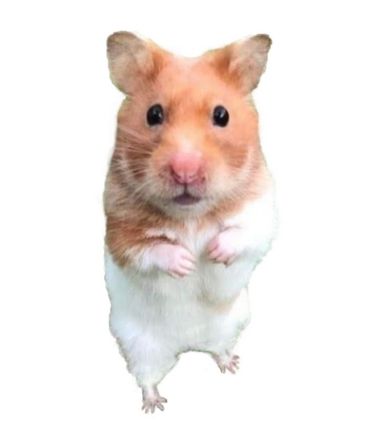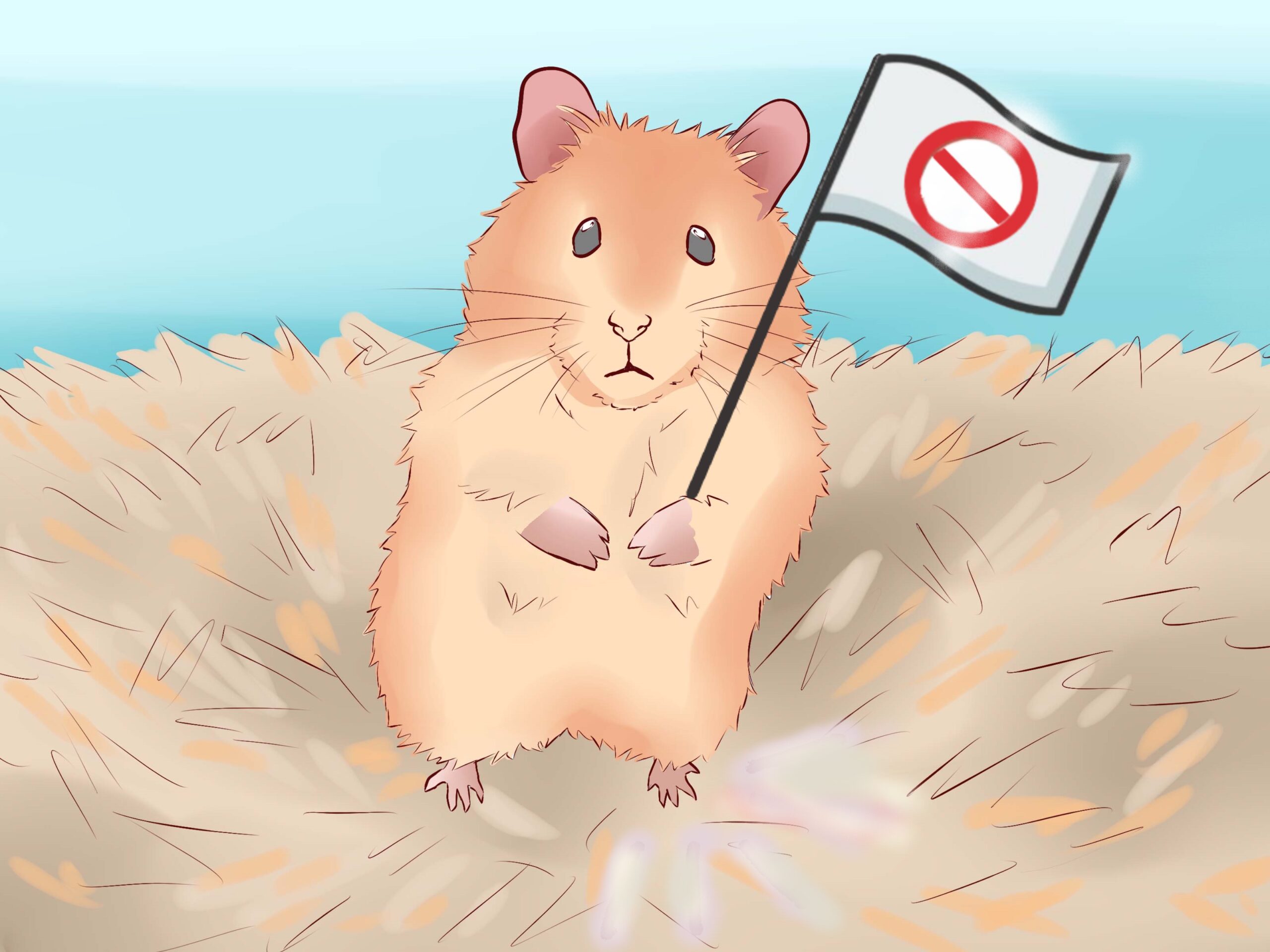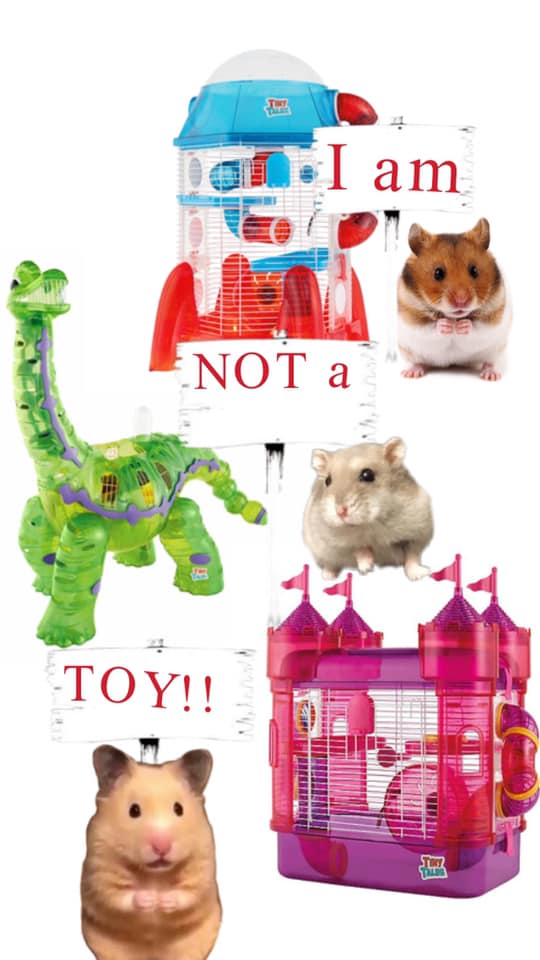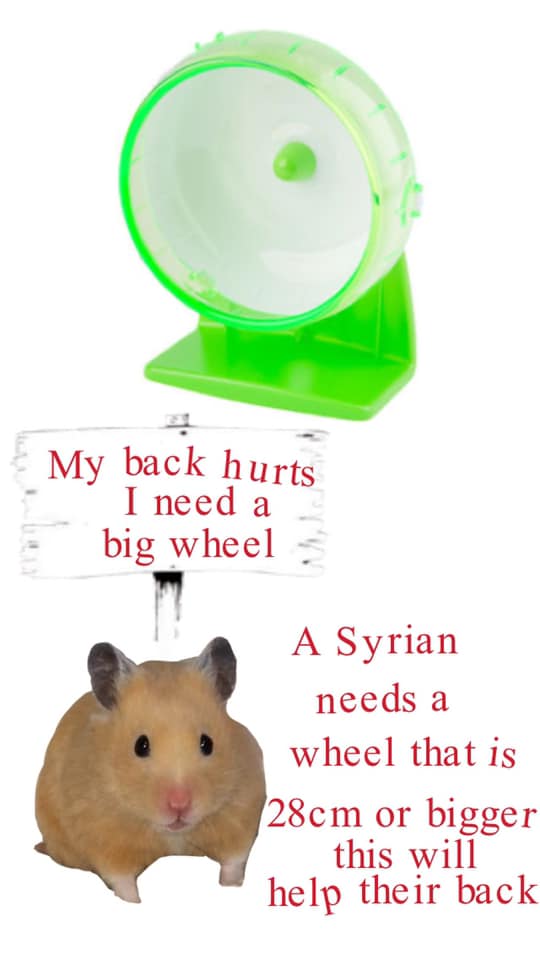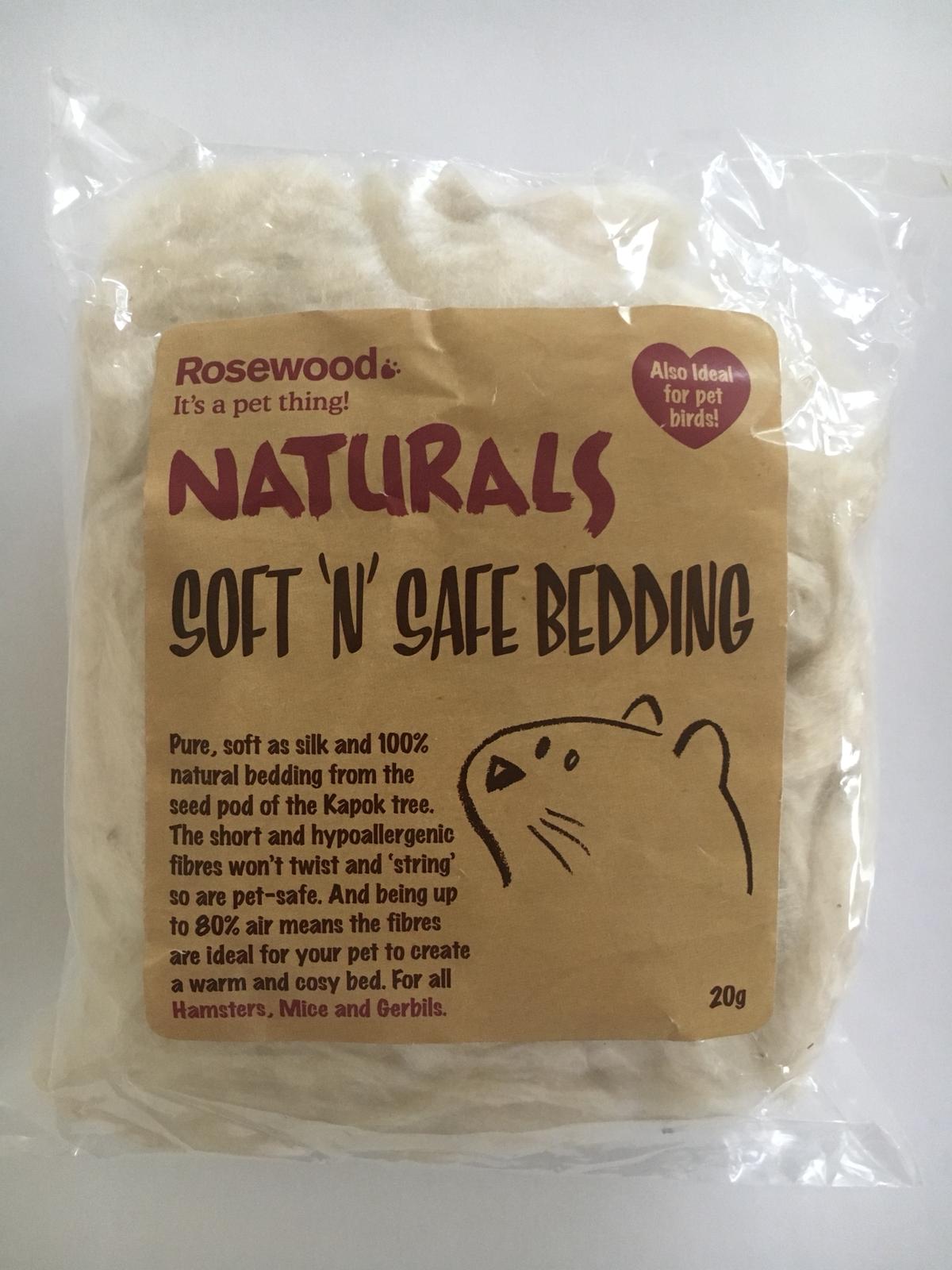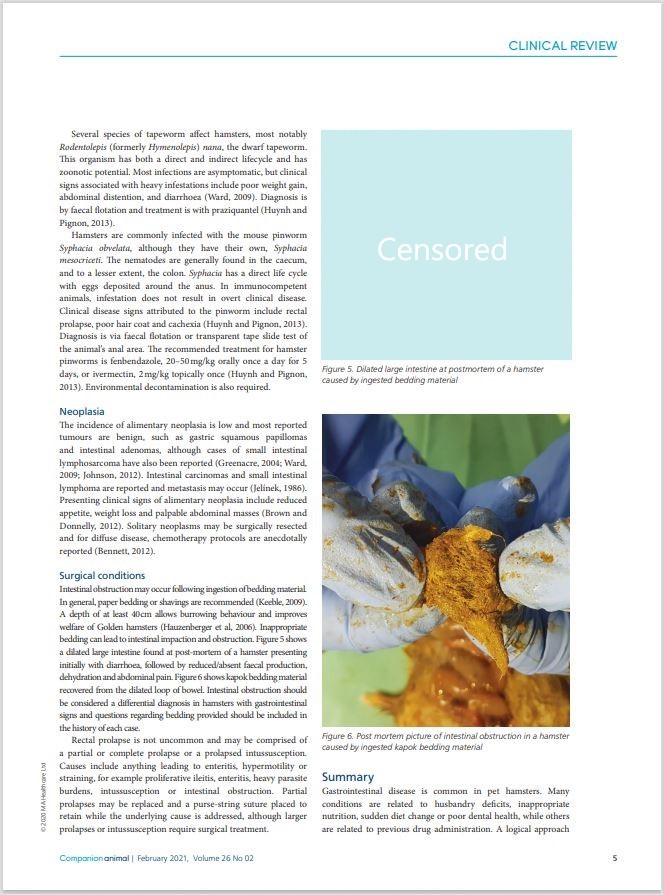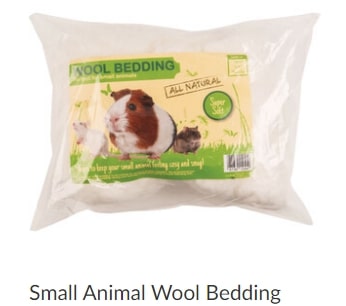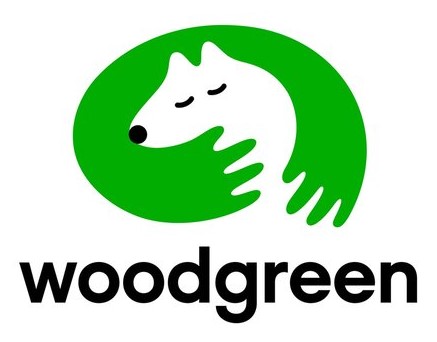The RSPCA say “Don’t give hamsters nesting materials that separate into thin strands, e.g. cotton wool or similar ‘fluffy’ bedding products. They pose a serious risk to their health and welfare, due to the possibility of entanglement or ingestion.”
This advice has been ignored for many years and some manufacturers even go as far as saying that their product is safe! There are many testimonials from the public saying that fluffy bedding has caused injury or death to their pet.
One theory is that the small fibres stick to the inside of a hamsters cheeks and then becomes ingested. Of course the ingestion issue is impossible to see with the naked eye but new ground breaking evidence has come to surface.
Poppy, a Syrian hamster, died at the vet whilst waiting for an operation to free a suspected blockage. Poppy only did one faeces in 10 days and it seemed like constipation. At the post mortem they found a total impaction of fibre and a ruptured colon, poor Poppy must have died in agony. The fibre was collected for forensic testing and it was confirmed to be the fluffy bedding the owner used, Rosewood Soft ‘n’ Safe.
The combination of this evidence and advice from the most reputable sources such as The RSPCA, The Blue Cross and Royal Veterinary College, many testimonials over the years and public outcry involving a Change.org petition, has persuaded many major retailers to stop putting animals in harms way.
The letter and advice on our fluffy bedding page has educated many retailers and they have taken the decision to stop selling fluffy bedding, sadly some retailers still won’t listen to to the animal welfare advice. Your welcome to download this letter and evidence and forward it on to any retailer that you see selling fluffy bedding.
The ground breaking post mortem evidence has also been published in a Peer reviewed Journal written by Vicki Baldry of The Royal Veterinary college as can be seen here.


